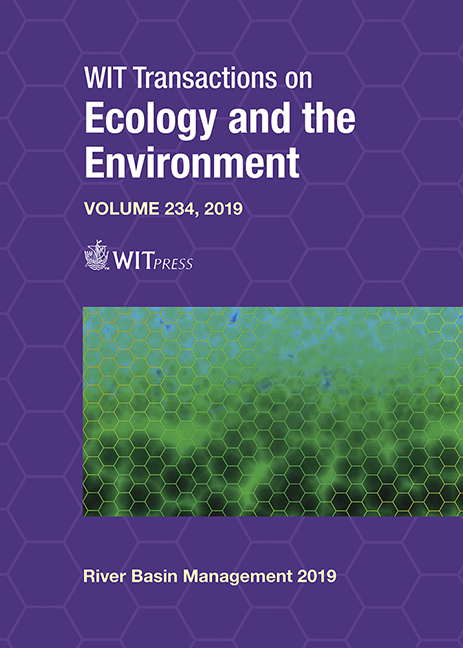EFFECTS OF TEMPORAL VARIATION IN SEDIMENT REDUCTION FOLLOWING IMPROVED LAND MANAGEMENT PRACTICES ON END-OF-SYSTEM DELIVERY: A MODELLING INVESTIGATION OF A GRAZED CATCHMENT IN QUEENSLAND, AUSTRALIA
Price
Free (open access)
Transaction
Volume
234
Pages
12
Page Range
9 - 20
Published
2019
Paper DOI
10.2495/RBM190021
Copyright
WIT Press
Author(s)
MELANIE E. ROBERTS, ROBIN ELLIS
Abstract
The world heritage listed Great Barrier Reef (GBR) is under threat. After climate change, water quality is recognised as the greatest stress on the reef. Sediment eroded from the catchments is transported into the reef lagoon, contributing to poor water quality. Poor water quality is linked to loss of habitat, coral death, reduced coral recruitment, algal blooms, and Crown of Thorns starfish outbreaks. The Queensland Government, in collaboration with the Australian Government under the joint Reef 2050 Water Quality Improvement Plan, undertakes a regular exercise to report on the health of the GBR and to track progress across a broad range of metrics, including water quality. This exercise comprises a combination of modelling and monitoring activities. Queensland Government periodically review their modelling framework and have identified areas for model improvement. One area identified is how the effects of changed land management practices are modelled. Presently, characteristics of recovery are empirically modelled, however parameterisation is challenged by a sparsity of data. The temporal characteristics of recovery are not presently explicitly accounted for within the modelling process. This study explores the variation in modelled end-of-system sediment loads for an exemplar sub-catchment as a result of employing varying temporal signatures of recovery for grazed lands. The purpose of this study is to identify whether the modelled end-of-system sediment loads are sensitive to the time-signature of recovery, to inform how land management practices are included in the models. The results show that the time-signature of recovery can have significant effects on the end-of-system sediment loads where changes in land management practices coincide with local hot-spots of sediment generation. Consideration of the temporal dynamics of erosion reduction due to different intervention strategies is essential to provide the best opportunity to meet water quality targets in the GBR lagoon.
Keywords
sediment, catchment, re-vegetation, gully, source, Great Barrier Reef





